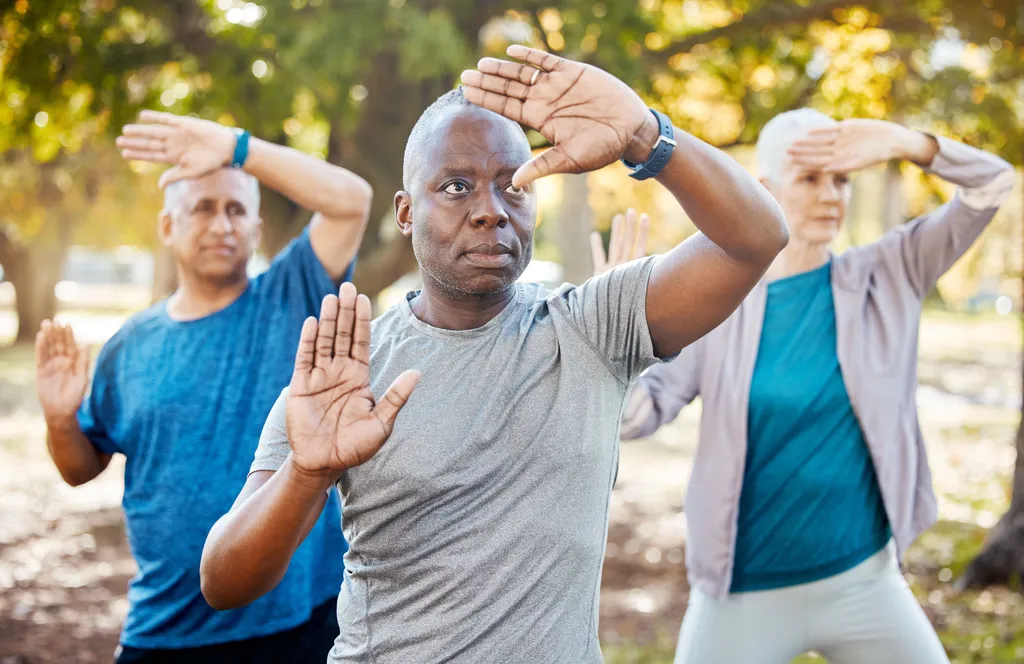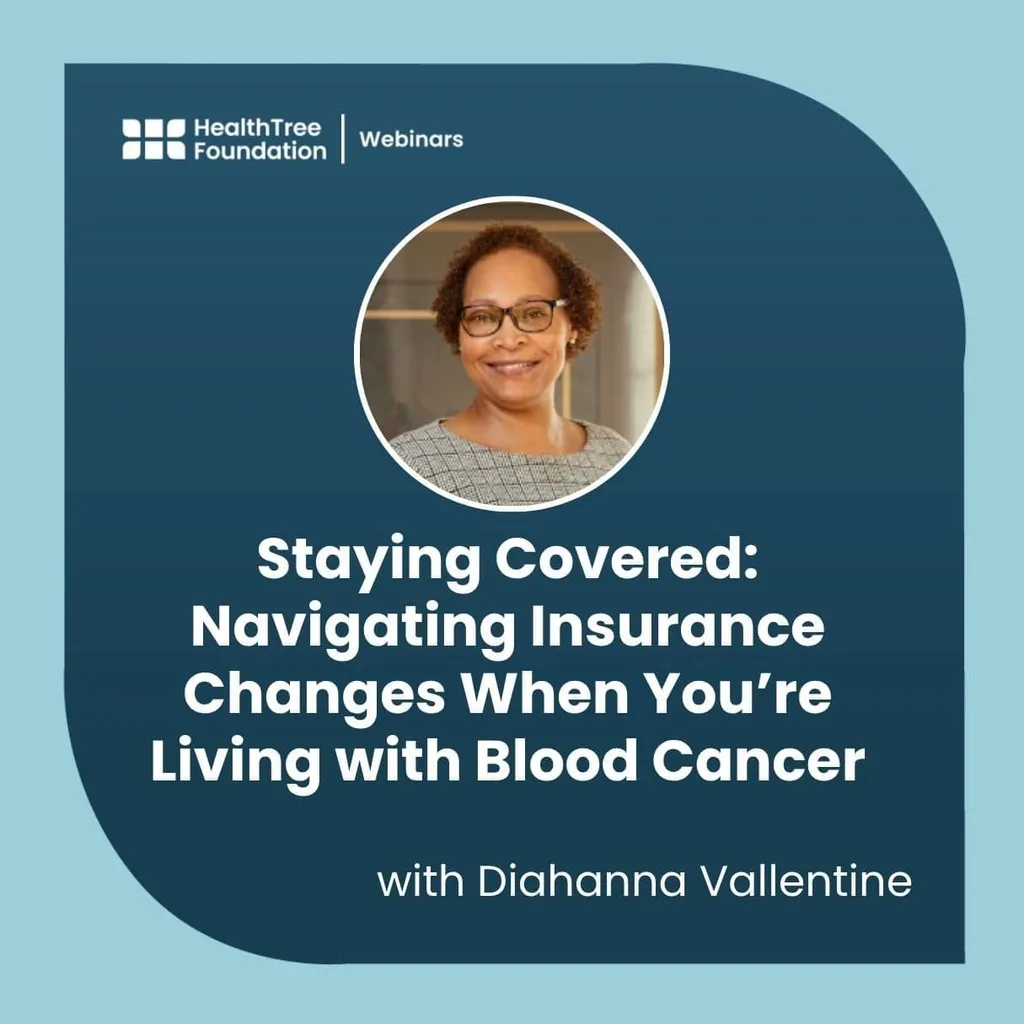Myeloma Disparities Matter to Every Patient

Blacks disproportionately have higher incidence and death rates from all cancers when compared to virtually every other statistical racial category. That’s just a fact.
For Black male and female myeloma patients, the numbers are two-to-three times higher than those of whites, Hispanics, Asian/Pacific Islanders and Native Americans. Blacks are also more likely to be diagnosed at younger ages. Conventional wisdom has long tended to focus on socioeconomics, culture, history, and diet as contributing or causal factors.
In recent years, researchers have become more convinced these discrepancies are related to sub-Saharan African genetics. Moreover, there is a growing sense that understanding how and why this may be true may well be the Rosetta Stone to decipher cures for every myeloma patient.
To learn more about why disparities matter to everyone, please register for the Fixing Disparities in Myeloma: The Key to Unlock Cures for All? Myeloma Crowd Round Table webcast on February 27.
Myeloma Disparities Research Initiatives
The Promise Study, led by Dr. Irene Ghobrial of the Dana-Farber Cancer Institute, seeks to understand progression from precursor conditions to multiple myeloma by collecting and comparing 50,000 samples from patients with their first-degree relatives between 40-75 years old. The study has one arm that focuses exclusively on obtaining samples from all Black individuals as they are 2-3 times more likely to develop myeloma.
Dr. Gareth Morgan from NYU Langone’s Perlmutter Cancer Center is leading a study focusing on how myeloma cells mutate at the DNA level. Dr. Morgan plans to create mutographs, literally photographs of genetic alterations as they happen, to understand how the disease evolves in Black myeloma patients.
A study led by the Mayo Clinic’s Dr. Sikander Ailawadhi, in collaboration with HealthTree, will examine why Black myeloma patient clinical trials participation rates have trended lower than already low rates in the general eligible population. “There is [currently] no good understanding of factors that may be contributing to this from a patient’s perspective.”
Additional studies by Dr. Ashraf Badros from the University of Maryland’s Greenbaume Cancer Center have found promising data demonstrating Black patients may have genomic characteristics that prolong survival and potentially have lower disease burden.
While numerous studies have shown the first treatment regimen patients receive is the most important, too often factors limit access of Black patients to the best care available to them. It is more complicated than seeing or consulting with a myeloma specialist, as important as this is.
Although safeguards are in place to prevent abuse of patients’ trust in clinical studies, there is a history of past injustices that continues to linger among many in the Black community. Culturally appropriate strategies are constantly evolving to change this perception. Additional factors not unique to Black communities—insurance, transportation, technology—also hinder access to healthcare.
Civic Responsibilities
Our collective knowledge about myeloma disparities and the groundbreaking research depends on patient-to-patient civic engagement and promotion. You didn’t know that your diagnosis came with responsibilities of your new myeloma “citizenship,” did you?
Before the pandemic public health emergency was declared, I was planning to write an article focused on what I called “waiting room advocacy.” As the pandemic has become prolonged, waiting rooms were no longer a thing.
But with the increasing availability of vaccines and achievement of herd immunity, we can we can start thinking about returning to normal and spending time in waiting rooms again. When that time comes, whether you are Black or not, make addressing disparities part of your routine.
When you meet Black patients and caregivers in waiting rooms, ask them if they know about the research taking place. Let them know their eligible first-degree relatives can submit samples to further research. And ask them to pass it along.
Better outcomes for Black myeloma patients may directly impact every patient. It could be a great dividend if you act on the civic obligation that comes with your diagnosed citizenship.
Learn More:
Crowd Radio Full Show: The World's Largest Myeloma Screening Study (PROMISE) with Irene Ghobrial, MD
Crowd Radio Full Show: Racial Disparities in Multiple Myeloma with Ashraf Badros, MD
Blacks disproportionately have higher incidence and death rates from all cancers when compared to virtually every other statistical racial category. That’s just a fact.
For Black male and female myeloma patients, the numbers are two-to-three times higher than those of whites, Hispanics, Asian/Pacific Islanders and Native Americans. Blacks are also more likely to be diagnosed at younger ages. Conventional wisdom has long tended to focus on socioeconomics, culture, history, and diet as contributing or causal factors.
In recent years, researchers have become more convinced these discrepancies are related to sub-Saharan African genetics. Moreover, there is a growing sense that understanding how and why this may be true may well be the Rosetta Stone to decipher cures for every myeloma patient.
To learn more about why disparities matter to everyone, please register for the Fixing Disparities in Myeloma: The Key to Unlock Cures for All? Myeloma Crowd Round Table webcast on February 27.
Myeloma Disparities Research Initiatives
The Promise Study, led by Dr. Irene Ghobrial of the Dana-Farber Cancer Institute, seeks to understand progression from precursor conditions to multiple myeloma by collecting and comparing 50,000 samples from patients with their first-degree relatives between 40-75 years old. The study has one arm that focuses exclusively on obtaining samples from all Black individuals as they are 2-3 times more likely to develop myeloma.
Dr. Gareth Morgan from NYU Langone’s Perlmutter Cancer Center is leading a study focusing on how myeloma cells mutate at the DNA level. Dr. Morgan plans to create mutographs, literally photographs of genetic alterations as they happen, to understand how the disease evolves in Black myeloma patients.
A study led by the Mayo Clinic’s Dr. Sikander Ailawadhi, in collaboration with HealthTree, will examine why Black myeloma patient clinical trials participation rates have trended lower than already low rates in the general eligible population. “There is [currently] no good understanding of factors that may be contributing to this from a patient’s perspective.”
Additional studies by Dr. Ashraf Badros from the University of Maryland’s Greenbaume Cancer Center have found promising data demonstrating Black patients may have genomic characteristics that prolong survival and potentially have lower disease burden.
While numerous studies have shown the first treatment regimen patients receive is the most important, too often factors limit access of Black patients to the best care available to them. It is more complicated than seeing or consulting with a myeloma specialist, as important as this is.
Although safeguards are in place to prevent abuse of patients’ trust in clinical studies, there is a history of past injustices that continues to linger among many in the Black community. Culturally appropriate strategies are constantly evolving to change this perception. Additional factors not unique to Black communities—insurance, transportation, technology—also hinder access to healthcare.
Civic Responsibilities
Our collective knowledge about myeloma disparities and the groundbreaking research depends on patient-to-patient civic engagement and promotion. You didn’t know that your diagnosis came with responsibilities of your new myeloma “citizenship,” did you?
Before the pandemic public health emergency was declared, I was planning to write an article focused on what I called “waiting room advocacy.” As the pandemic has become prolonged, waiting rooms were no longer a thing.
But with the increasing availability of vaccines and achievement of herd immunity, we can we can start thinking about returning to normal and spending time in waiting rooms again. When that time comes, whether you are Black or not, make addressing disparities part of your routine.
When you meet Black patients and caregivers in waiting rooms, ask them if they know about the research taking place. Let them know their eligible first-degree relatives can submit samples to further research. And ask them to pass it along.
Better outcomes for Black myeloma patients may directly impact every patient. It could be a great dividend if you act on the civic obligation that comes with your diagnosed citizenship.
Learn More:
Crowd Radio Full Show: The World's Largest Myeloma Screening Study (PROMISE) with Irene Ghobrial, MD
Crowd Radio Full Show: Racial Disparities in Multiple Myeloma with Ashraf Badros, MD

about the author
Greg Brozeit
Greg Brozeit has been with the HealthTree Foundation since 2015 when he began volunteering for the Myeloma Crowd. Prior to that he worked with Dr. Bart Barlogie and the International Myeloma Foundation, inaugurating many myeloma patient advocacy and education programs.
More on Navigating Your Health
Trending Articles
Upcoming Events




Get the Latest Multiple Myeloma Updates, Delivered to You.
By subscribing to the HealthTree newsletter, you'll receive the latest research, treatment updates, and expert insights to help you navigate your health.












